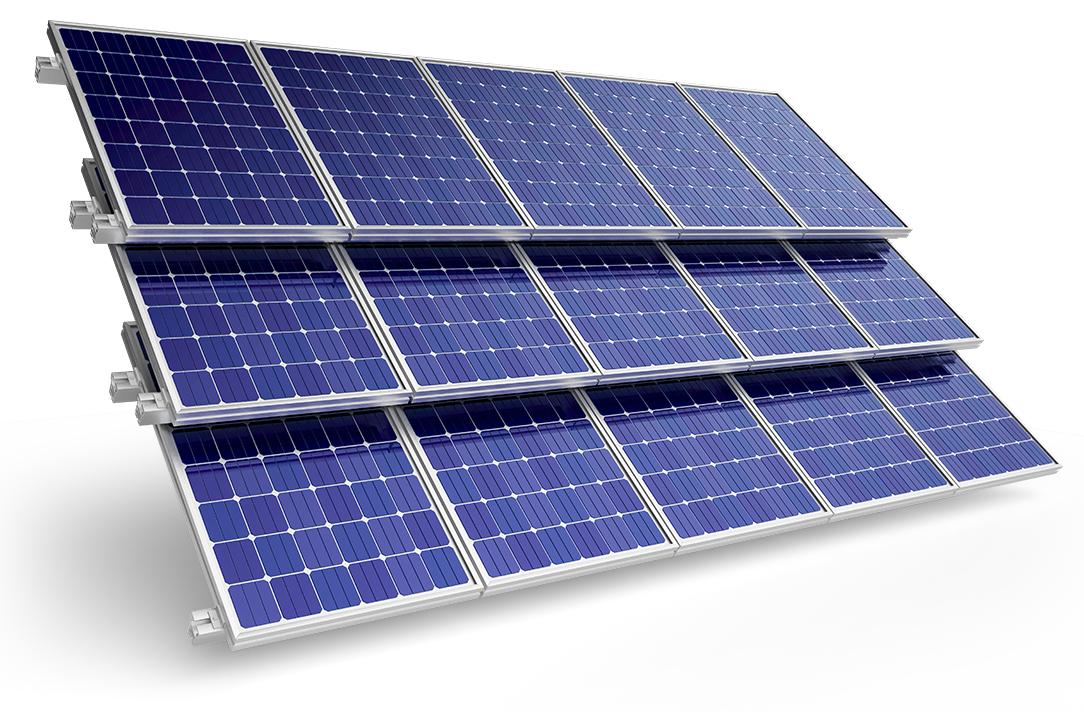A subsidy of NT$500 per kW module. Waste managed by the nonprofit PV Cycle, establishing expert networks and recycling stations.



Collect and dismantle scrapped solar modules to separate recyclable materials. Categorization improves efficiency and accuracy.
Mechanical separation and screening offer low environmental impact and high economic benefits. Chemical solvents are used to extract metals. Thermal decomposition is an eco-friendly energy solution.
Material Reuse: Treated materials are reused in new products, fostering a circular economy. Waste Disposal: Non-recyclable parts are handled per environmental regulations to reduce pollution.

A subsidy of NT$500 per kW module. Waste managed by the nonprofit PV Cycle, establishing expert networks and recycling stations.

Renowned for strict recycling standards and environmental protection policies. Encourages dedicated recycling stations and provides subsidies to recyclers.